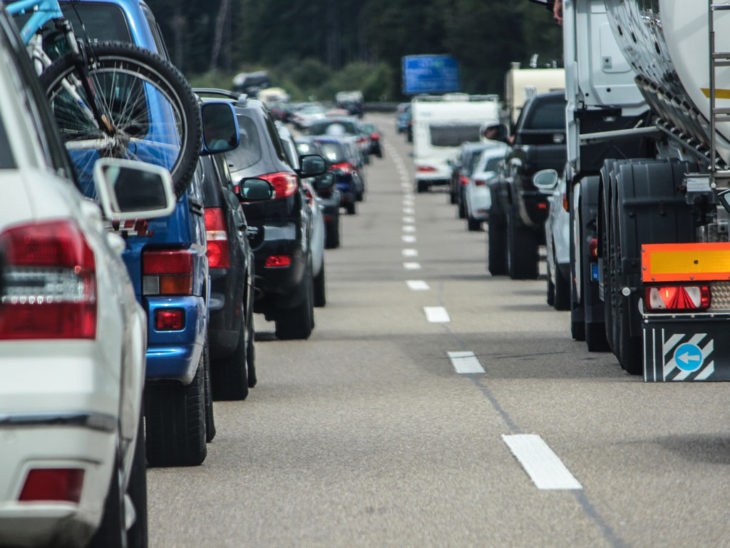In the face of rising traffic levels, causing major congestion in areas of the UK, Teletrac Navman’s Marketing Director, Peter Millichap, looks at the subsequent effect on road safety.
The amount of traffic in the UK has risen sharply over the past decade. With a boom in online shopping, a rising population and a growing demand for city centre living all fuelling the increase, congestion and delays are now the norm. What’s more, these conditions are only set to escalate, as the number of vehicles on the road increases by as much as 51% in the 35 years from 2015 to 2050, according to the Department for Transport.
Indeed, the increased desire for inner-city living has subsequently contributed to record levels of construction activity in Britain’s biggest regional cities. Last year a total of 88 new developments were given the green light in Birmingham, Manchester and Leeds alone[1]. Though this reflects a more positive economic picture, such a rate of growth is significantly impacting our road network and causing major disruption.
Not only do these factors underline the importance of having an improved road infrastructure that is truly fit for purpose, they also highlight the growing concern around vehicle emissions, journey speeds, cost time, and contribute significantly to driver stress and irrational behaviour behind the wheel. Moreover, incidents resulting from driver errors also cause major congestion, so monitoring driver health and wellbeing is vital. For fleet operators, adding extra emphasis on safe and responsible driving, as well as planning journeys effectively, is of paramount importance in the current climate.
The latter point is especially vital, with government estimates showing that road collisions are costing the UK in excess of £16.5bn a year[2]. This affirms that driver conduct and compliance continue to be top priorities for transport and logistics companies, in order to avoid repercussions.
Furthermore, as the regulatory focus on driver conduct persists, combined with the fact that congestion will almost certainly continue to rise, fleet operators will face increasing pressure to be alert to poor driver behaviour. It is imperative that operators adapt to these conditions and embrace technology to effectively manage the imposing risk, so as to ensure their drivers are safe and act responsibly at all times.
While the power of fleet technology is well understood, many operators are not yet fully utilising its potential to tackle traffic problems. Businesses need to harness existing technologies to help reduce the burden of traffic congestion and minimise the effect it has on their operations.
Fleets can benefit from improved communication and sharing of information between management and drivers, in real time. This means that both parties gain greater visibility and a better understanding of the changing road conditions that lie ahead. With this knowledge, they can respond instantly to any potential issues and create safer and more efficient routes to avoid congestion, save time, and reduce any likely impact on the last mile of delivery.
Operators can also gain a more accurate picture on how each driver deals with heavy traffic and, in turn, identify and address any risky behaviour through training and improvement programmes before it causes accidents and costly downtime.
Ultimately, traffic congestion is one of the biggest challenges currently facing the transport and logistics industry; unaddressed, it will continue to have serious consequences for national and local economies, commercial operators and other road users. Fortunately, with the help of new and innovative transportation solutions, fleets can begin to tackle the immediate mobility issues they face today.
[1] The findings are taken from a new report from Deloitte
[2] The findings are taken from the Department for Business Innovation & Skills











































